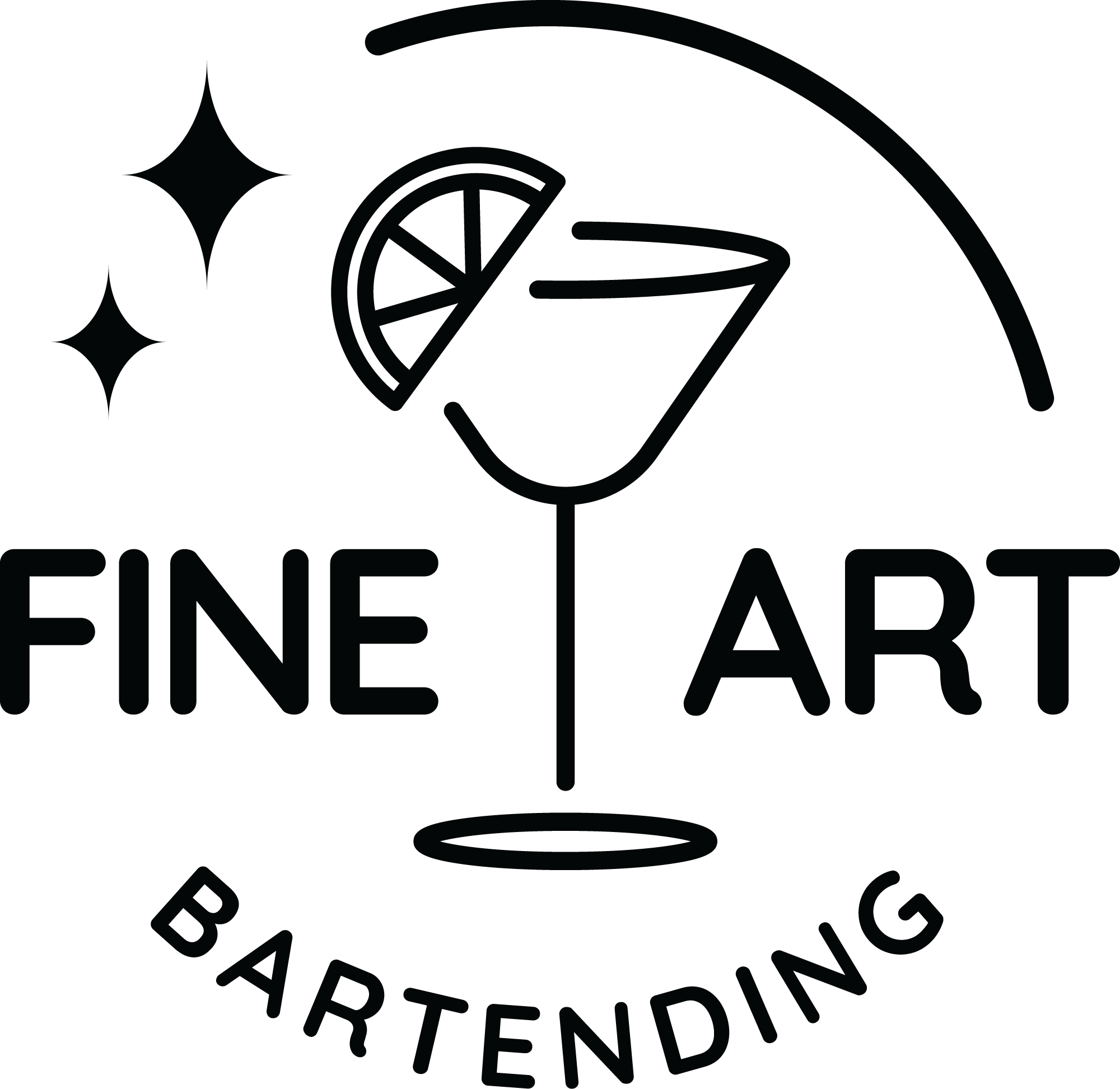Pernod Ricard: A Journey of Innovation, Rivalries, and Global Spirits


The story of Pernod begins in 1805, when the Pernod distillery is first established. Absinthe was, at the time, the most popular spirit globally. Absinthe was a highly alcoholic spirit, it is 45–74% ABV and traditionally has a natural green color. Bars called 5 PM, l’heure verte, or the green hour.
Absinthe underwent mass bannings in the early 1900s, as there were many claims of total blackouts, forgotten crimes, and liver poisonings that were originally attributed to wormwood, but later were found to be caused by serving a spirit over 70% ABV. This ban caused Pernod, the closest substitute to surge in popularity.
Fast forward to 1932, and Paul Ricard founds a competitor, “Ricard”. A great rivalry ensued between these two french absinthe substitutes.
However, after the merger of Grand Metropolitan and Guinness in 1987, the two French rivals banded together so as not to be swallowed up by the British conglomerate we now know as Diageo.

With the combined buying power of two of the most powerful French spirit companies, the newly formed company Pernod Ricard went toe-to-toe with Diageo.
In 1988, their first purchase was the Irish Distillers, where Jameson, and many other Irish whiskies were produced.
Then in 1993, they went into business with the Cuban government, procuring the rights to Havana Club rum. (Although, Bacardi claims they never had the rights to begin with. More to come on that.)
The rising company went on to acquire a significant portion of Seagram’s brands in 2000, followed by one of the oldest gins, Beefeater, in 2005. And in 2008, Absolut Vodka was attained, which was at the time, the most popular spirit on the market, proving themselves a force to be reckoned with.

Until 1960, both Bacardi and Havana Club were two of the largest companies in Cuba, producing and exporting the Islands beloved rum.
Bacardi was one of the first rums to produce a clear, neutral style that differed from aguardiente, and Havana Club is regarded as the rum finished what they started by introducing longer ageing and a deeper filtration process.
But when Fidel Castro took control of Cuba, his first order was to immediately nationalize every business, forcing Bacardi and Havana Club to flee the island in exile. As rum was such a profitable export, Castro needed an experienced company to resume rum production, and so he partnered up with Pernod Ricard, granting them the Havana Club licensing that the country technically didn’t own.This instigated a massive rum war with the Bacardi family over who actually owned the rights to Havana Club. Many lawsuits ensued. Check out the Bacardi vs Pernod Ricard podcast on Wondery if you want an action packed rendition that ranges from funding the Cuban revolution to lobbying at the highest level of American politics. It’s a truly wild story.

Throughout the years, Pernod Ricard has grown from owning two brands to owning over 250+ brands globally.
In a market where spirit sales are dominated by celebrity endorsements and extensive advertising campaigns, Pernod Ricard takes a different approach than their competitors.
Of the major three conglomerates, Diageo, Bacardi, and Pernod Ricard, Pernod hasn’t spent much time or money getting wrapped up with celebrities, and instead, aims to produce slightly higher quality products for a slightly better price than their competitors, making them the most popular choice in bars and restaurants that put an emphasis on quality.It’s not a general rule, but more often than not, if you blind test a spirit of the same category, such as Pernod’s Beefeater gin, versus Tanqueray, Diageo, or Bombay, Bacardi, more often than not, the Pernod brand will often come up the favourite. But don’t take us at our word, try the test yourself! You’ll be surprised with what you discover.


Vancouver's Best Bartending School. Bartender training since 1981.
Bartending tips and jobs delivered every two weeks!
Your cart is currently empty.
Start Shopping
